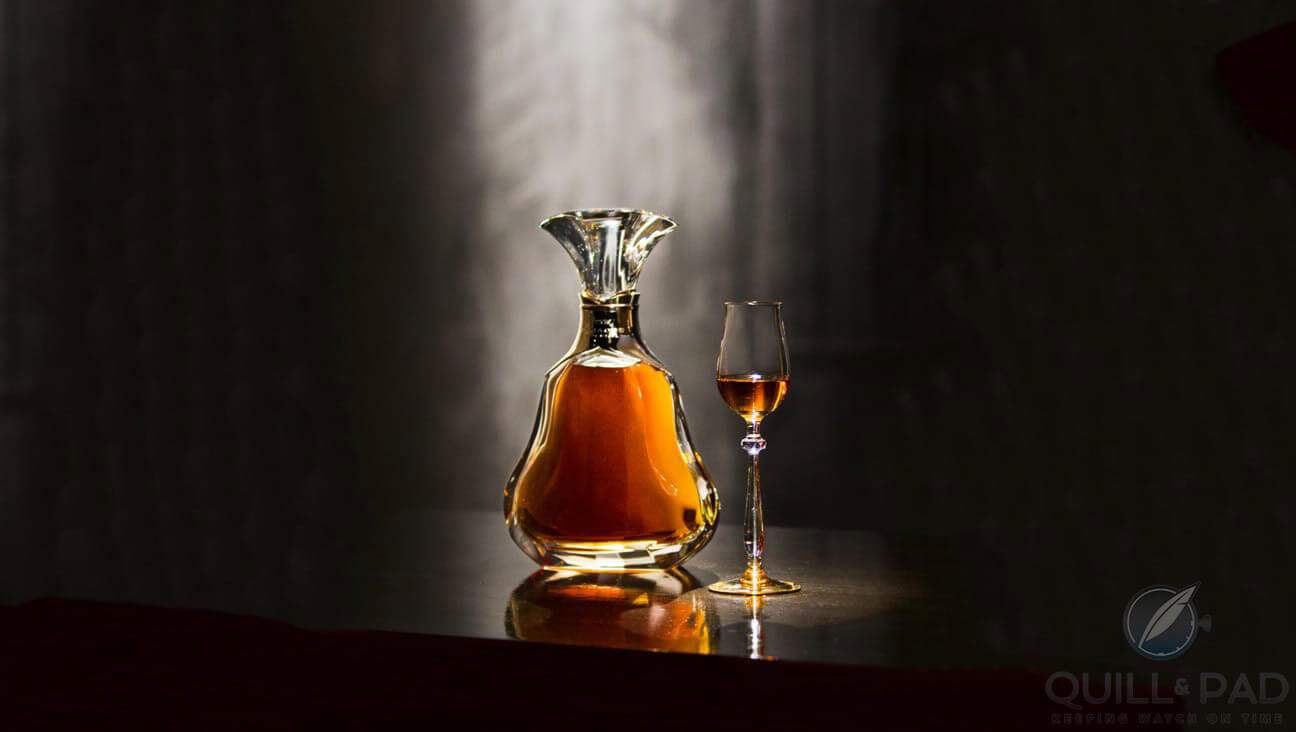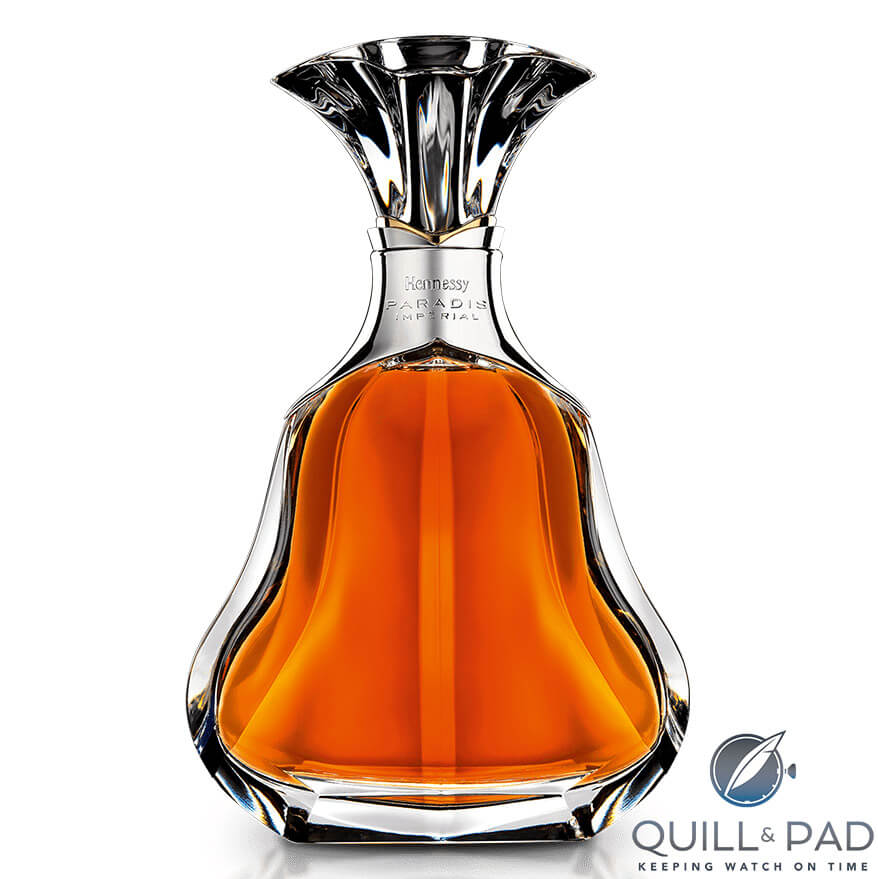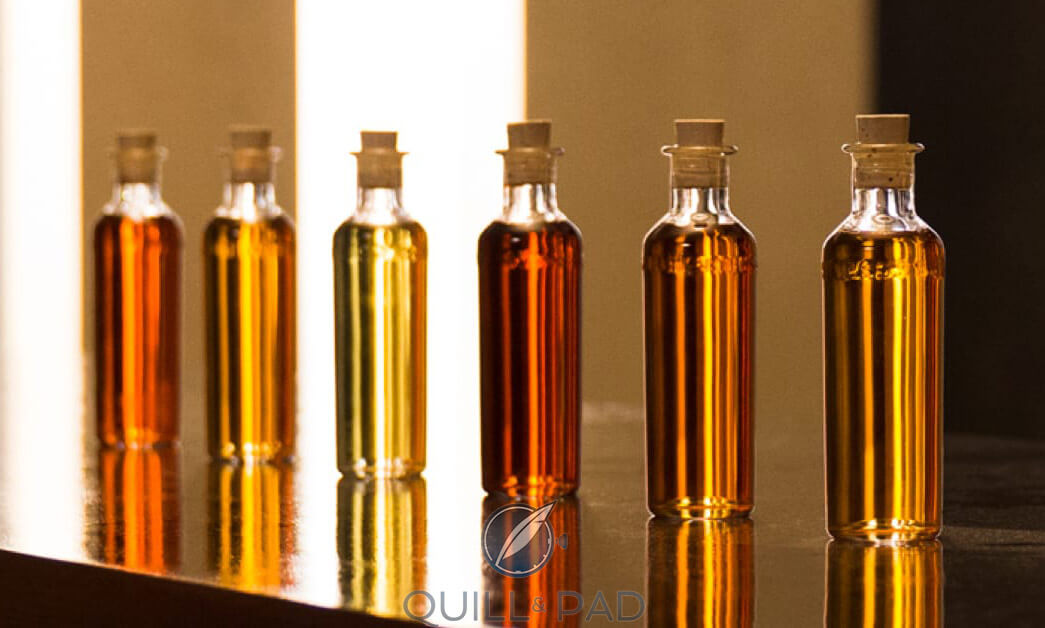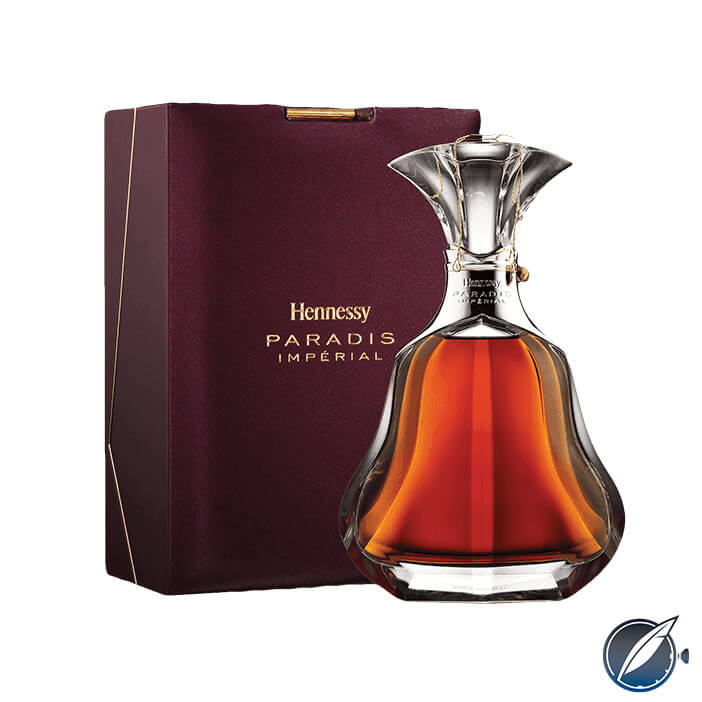by Ken Gargett
Top-shelf Cognac: perhaps no more divisive drink exists.
For some, Cognacs are the finest spirits available today. For others, they are nothing but overpriced, over-hyped creations, destined to be sold only to those who like to show off and buy prestige, those with extremely deep pockets, those beguiled by pretty things, and those who do not know better.
The problem comes with the astronomical price tags and the ornate and often exquisite packaging, the latter contributing to the impression that these bottles are more for show than consumption.
A bottle of the iconic Rémy Martin Louis XIII is probably the most famous of all prestige Cognacs, and the handmade decanter is a thing of beauty – for some, more valued than the contents.
It supposedly reflects a metallic flask discovered at the site of the 1569 Battle of Jarnac that came into the possession of Rémy Martin V and was used as the design for a special Cognac blended for the 150th anniversary of the house in 1874. This Cognac was later named ”Louis XIII” as a tribute to the king.
When one considers that some 1,200 eaux de vie (clear fruit spirits) are used in the final blend as well as the expertise needed to create this and other great Cognacs, the price of thousands of dollars does not that seem excessive.

Hennessy Paradis Imperial
Hennessy Paradis Imperial Cognac
The same, of course, applies to the extraordinary Paradis Imperial from the house of Hennessy. The genesis of this Cognac dates back to Christmas Eve 1818, when Maria Feodorovna, the Dowager Empress of Russia, asked Hennessy to create the finest Cognac it could, wanting it as a gift to her son, Tsar Alexander I.
James Hennessy, son of Irish founder Richard Hennessy, set about doing exactly that.
Nearly two centuries later, Hennessy wanted to honor that first special blend: hence, the creation of Paradis Imperial. The name highlights the desire of the producer to make this Cognac even more impressive than the wonderful Paradis (apparently, Paradis was the favorite tipple of former North Korean leader and father of their current leader, Kim Jong-il, who reportedly was known to spend up to $700,000 annually on the Cognac).

Hennessy Paradis Imperial
The blend was created by Yann Fillioux, Hennessy’s master blender. Cognac must run in Fillioux’s veins – he is the seventh generation of his family to hold this role for this producer.
Paradis Imperial, first released in 2011, comes in a beautiful crystal decanter created by French designer Stephanie Balini with an 18-karat-gold-plated label (all elegantly boxed and numbered). Balini’s brief was to “capture the elegance of the gowns and dresses of the ladies of the Russian Imperial court.”
Hennessy is the largest Cognac producer in the region
Hennessy makes a large quantity of Cognac – indeed, it is the largest producer in the region, selling around 50 million bottles a year, though only tiny amounts of these exquisite spirits go into a bottle.
Fifty million bottles equate to around 40 percent of the region’s entire production.
The original Paradis was created back in 1979 by Michael Fillioux, Yann’s uncle. A section of the Hennessy cellars at the distillery have been set aside to act as home to the best, the oldest, and the rarest eaux-de-vie. Only the very finest eaux-de-vie will ever be considered for inclusion in Paradis Imperial – on average just 10 out of every 10,000.

Hennessy Paradis Imperial before blending
The final blend will contain more than 100 eaux-de-vie, aged between 30 and 130 years. Paradis Imperial has a higher percentage of eaux-de-vie from Hennessy’s nineteenth-century reserves than is used in Paradis. As noted, the aim is elegance and subtlety.
As ever, the price will vary around the globe, depending on such variables as taxes in your region. Expect to pay anywhere between AUD$2,000 and $3,000 (or about €2,000 in Europe) for a bottle of Hennessy Paradis Imperial.
Worth it?
That is, of course, up to each individual. What is undeniable is that this is a glorious spirit, one of the very finest Cognacs made.
There is a note of spice, but more obviously florals – rose petal and jasmine – and stone fruit (apricots and white peaches). Ethereal, with great length and complexity, the nose moves into characters of hazelnuts, ginger, orange rind, honey, and even an intriguing touch of truffle. And perhaps a touch of gentle smoke underneath. And yet it remains finely balanced throughout.

Hennessy Paradis Imperial is a superb Cognac, magnificently packaged. It is definitely worth the search.
For more information, please visit www.hennessy.com/us/collection/paradis-imperial.
You might also enjoy:
Penfolds G3: Making Grange, Already One Of The World’s Greatest Wines, Even Better
Leave a Reply
Want to join the discussion?Feel free to contribute!





















































As wonderful as Cognac is, may I suggest it’s much less well-known and in my opinion, somewhat more flavorful cousin, Armagnac. Cured in black oak instead of white oak, and using somewhat different varieties and combinations of grapes, is it distinctly different, and I would suggest that Armagnac is to Cognac as cognac is to it’s plainer and less savory brandy relatives. One more point, very little money is spent advertising and promoting Armagnac, and therefore does not need to be recovered in the purchase price. I believe it is often the best value in brandy.
John, you are certainly right re the money. Also, armagnac producers tend to be so much smaller so can’t spend on worldwide promotions and the exquisite decanters we see so often with cognac. The value is indeed often there.
As for a comparison, there are many great armagnacs that are also worth chasing. In style, i find them a little rawer, a little more fiery than the top armagnacs. As to preferences, up to the individual. Both can be stellar.
Ken, you’ve done a fascinating job writing this article on imperial cognac here, and I want to see you write more content like this now. I hope that you won’t disappoint me, and publish more content like this.
Greg, thanks for the very kind comments. I hate disappointing anyone so i’ll do my best.
Cognac is a bit of an enigma and often exploited by the more famous distillers. Hennessey is no exception.Their original Paradis from 1979 might be considered their best but when demands are high they ran low of the more precious and older eaux-de-vie so the percentage of the 19th century blend became lower, this change is often reflected each time it changes the bottle design. Some people have compared the taste of the current glass stopper Paradis with the older bottle metal stopper that cease production before 2015 and confirm they a different, the older bottle with metal stopper indeed taste better and older.
Now we have the Paradis Imperial, while no report of camprison is found but since it has more of the older 19th century blend is this just same as the original 1979 Paradis contained in a new hand blown cyrstal?